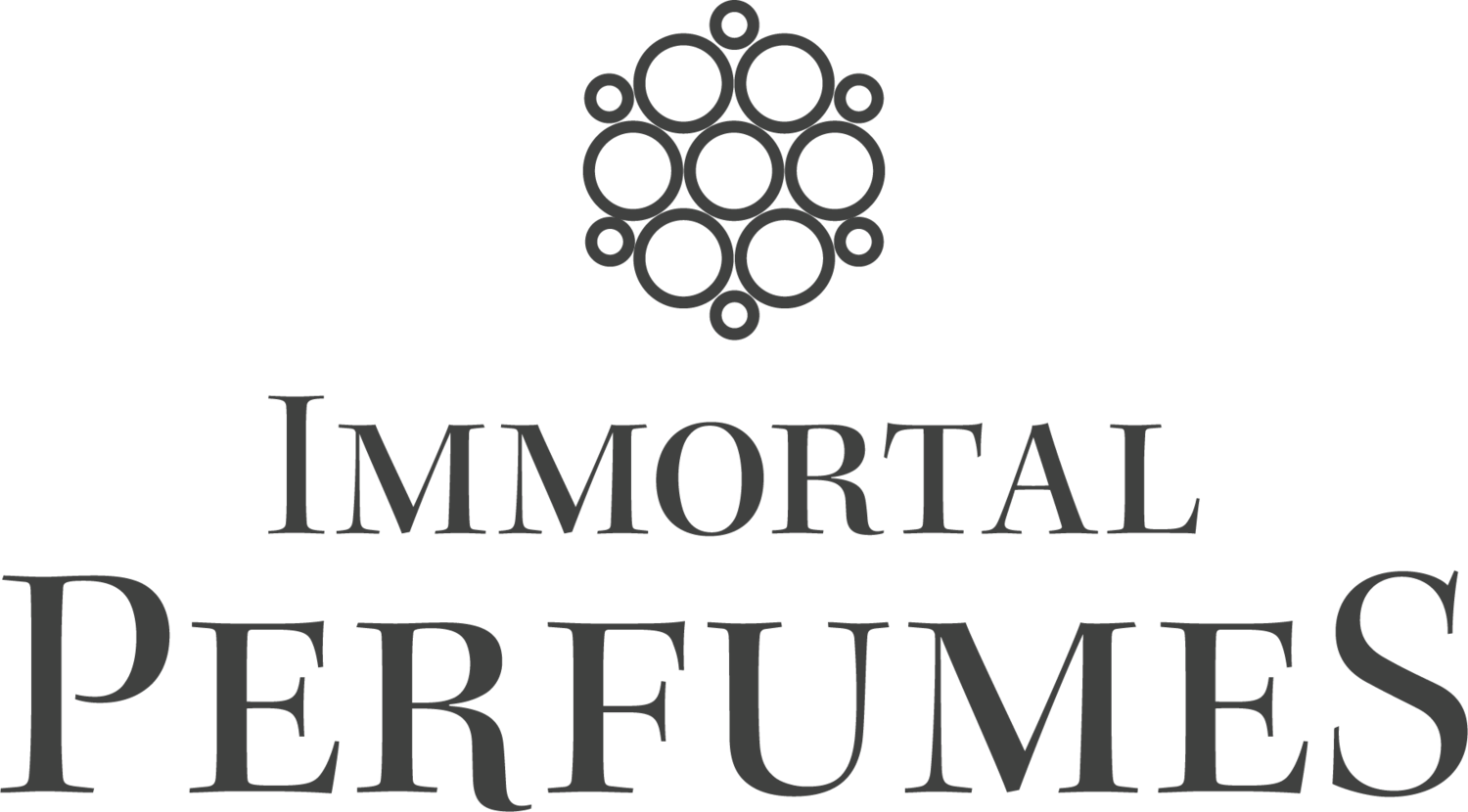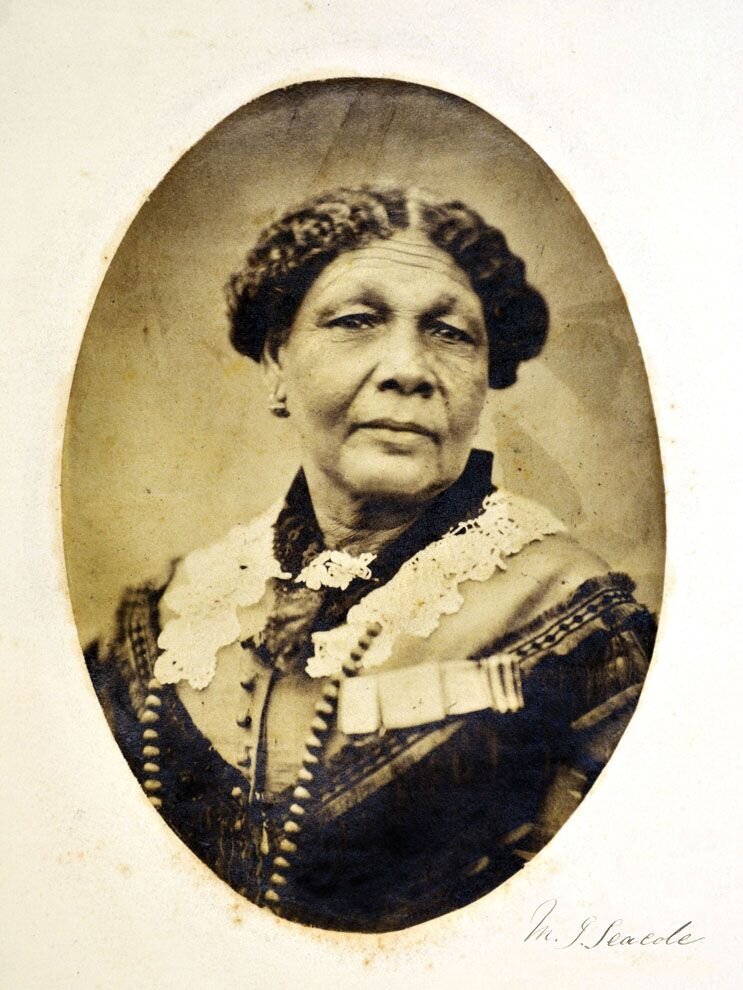THE WONDERFUL ADVENTURES OF MARY SEACOLE IN MANY LANDS
I recently received a request: to cover more of the many positive stories about historical people of color. The requester also had a perfect first candidate: Mary Seacole! In honor of Mary Seacole (who died on the 14th of May in 1881), and in honor of the nurses on the frontline of the current pandemic, today we’re going to look at her incredible life.
Jamaica
First off, Mary Seacole wrote a memoir (more on that soon), and honestly the first paragraph is so delightful and encapsulates her early life so fully, let’s start with Mary in her own words:
““I was born in the town of Kingston, in the island of Jamaica, some time in the present century [1800s]. As a female, and a widow, I may be well excused giving the precise date of this important event. But I do not mind confessing that the century and myself were both young together, and that we have grown side by side into age and consequence. I am a Creole, and have good Scotch blood coursing in my veins. My father was a soldier, of an old Scotch family; and to him I often trace my affection for a camp-life, and my sympathy with what I have heard my friends call “the pomp, pride, and circumstance of glorious war.””
Indeed, Mary’s father was a Scottish soldier named James Grant. He was stationed in Jamaica (the island was a huge trading partner for the Empire) where he met Mary’s mother, who’s name seems to be lost to history (I can’t find it at least). Mary’s mother was quite interesting. She was a free woman of color in Kingston and worked as what was called a “doctoress.”
Her mother, referred to in texts as Mrs. Grant, had no formal medical training but she was a healer mixing traditions of the Caribbean and Africa. But most notable – her mother believed in good hygiene. At this point in theory a few recorded doctors and nurses believed in “germs” but they didn’t yet know exactly what they were. Pasteur was still decades away.
Mrs. Grant owned a boarding house called Blundell Hall which served as both a hotel and office of The Doctoress. Here’s another charming quote from Mary in her memoir:
“But I saw so much of her, and of her patients, that the ambition to become a doctress early took firm root in my mind; and I was very young when I began to make use of the little knowledge I had acquired from watching my mother, upon a great sufferer—my doll…and whatever disease was most prevalent in Kingston, be sure my poor doll soon contracted it.
Before long it was very natural that I should seek to extend my practice; and so I found other patients in the dogs and cats around me. Many luckless brutes were made to simulate diseases which were raging among their owners, and had forced down their reluctant throats the remedies which I deemed most likely to suit their supposed complaints. And after a time I rose still higher in my ambition; and despairing of finding another human patient, I proceeded to try my simples and essences upon—myself.””
Mary spent her childhood helping her mother run the boarding house and learning the skills of a nurse. Nearby military encampments which housed her father’s troops ensured that business was always booming.
Travel Bug
Mary was fiercely proud of her heritage. There were still slaves in Jamaica at this point and their Creole status shielded them from much of the racism Mary would encounter later. Proud of her Anglo heritage, she made at least two trips to London during the 1820s – living in the city for a year or more at a time with relatives of her father.
This was her first real encounter with racism. Back in Kingston, she was in the upper echelon of society. In England people dismissed her for her race. Some of her biographers contend that she was very light skinned and this saved her from some of the turmoil that befell her darker skinned friends in London.
During her time there, she sold pickles and preserves from her home in Kingston. The Londoners ate that up finding it “exotic.”
After her time in London she spent a few years island hopping around the Caribbean. She learned new methods of healing particularly of tropical diseases. This would come into play in a big way for her later.
She married a white man named Edwin Seacole who is purported to be an illegitimate son of the Napoleonic war hero Horatio Nelson. At the time, it was not common for mixed marriages in England, however, in Kingston it was pretty normal (albeit most didn’t marry, rather lived together as partners).
Edwin had a sickly constitution which was probably at least part of his appeal to Mary. She would spend their few short years together taking care of him. They lived in Black River, Jamaica where they had a general store. When it failed, they returned to Blundell Hall to help her mother.
The family lost everything however in 1843 when a huge fire took out hundreds of homes and businesses in Kingston. Blundell Hall was among the casualties. They rebuilt but the very next year Edwin died followed soon after by Mrs. Grant. Mary was so despondent she had difficulty getting out of bed.
But if there was one thing you could say about Mary Seacole, it’s that she was intrepid.
War Nurse
She treated many patients during the Kingston cholera epidemic in 1850. In fact, Mary Seacole is one of the earliest examples of contact tracing in that she was able to link a ship from New Orleans as the source of the cholera cases. Soon after, she moved on to Panama where her half brother lived. She ran a hotel similar to Blundell Hall and used her skills in the fight against yellow fever.
When war broke out in the Crimea in 1854, Mary found her true calling. Wanting to help the British Army’s war effort – again she was fiercely proud of her heritage – she traveled to England to enlist as a nurse. Except, every place she applied turned her down. She even applied at the office of Florence Nightingale, but the color of her skin precluded her from a position.
Mary Seacole being Mary Seacole went to Crimea on her own dime. There she literally rode onto the battlefield under bullet fire to save soldiers. The sanitation and hygiene there was filthy and her knowledge of tropical diseases (Crimea itself was temperate), she was able to save many lives – and she would nurse to any soldier be they English, French or even their enemies, the Russians.
She built another hotel slash hospital called The British Hotel. She used the profits of the hotel to continue on her mission of saving lives. She also worked under Florence Nightingale at various intervals but Nightingale didn’t like her (I didn’t have enough time to research this further, I’m assuming it’s because of race).
For Mary’s efforts, the soldiers called her Mother Seacole.
Voyage to Obscurity
After the end of the war, Mary returned to London but she was destitute and in bad health. She hadn’t been a spry young nurse in the Crimea, she’d been in her 40s to early 50s. She had made friends with Queen Victoria’s nephew in the Crimea and he and other soldiers began fundraising to help Mary. It was hard to bring in money as a widow in Victorian London.
80,000 people attended a charity gala meant to support her. Despite this, the cost of the gala didn’t leave much money for Mary to actually use. But in 1857 she published her memoir, The Wonderful Adventures of Mary Seacole in Many Lands. It was a bestseller and the sales helped tide her over til her death in 1881 at the age of about 75.
Like many people of color, she was lost to history until the 1970s when she made a resurgence. In 2004 she was named #1 in the 100 Great Black Britons poll.
If you’d like to read her memoir, you can do so online for free: http://www.gutenberg.org/files/23031/23031-h/23031-h.htm

